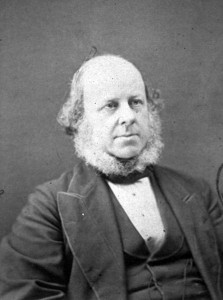
(What’s the Difference?)
I’m often asked to explain the difference between Braxton Hicks contractions and labor contractions. That’s a great question! These two types of contractions are often confused. Understanding the characteristics of Braxton Hicks and labor contractions will help you identify if you are really in labor or not.
 Dr. John Braxton Hicks was a British obstetrician in the mid-1800’s who rocked some mighty sideburns, I must say! He noticed that many pregnant women had contractions toward the end of their pregnancy that did not lead to labor. He wrote about that in 1872 and the contractions he referred to became known as Braxton Hicks contractions, in his honor (and rightly so, in my opinion).
Dr. John Braxton Hicks was a British obstetrician in the mid-1800’s who rocked some mighty sideburns, I must say! He noticed that many pregnant women had contractions toward the end of their pregnancy that did not lead to labor. He wrote about that in 1872 and the contractions he referred to became known as Braxton Hicks contractions, in his honor (and rightly so, in my opinion).
Braxton Hicks (BH) contractions are best described as an all-over tightening of the uterine muscle. During a BH contraction, the entire uterus may get very hard and can feel very tight and then relax. BH contractions are not usually painful, but the uterus can get so hard and feel so tight that it can feel weird or maybe a bit uncomfortable.
(I’ve found that many women have a tendency to initially interpret any unusual sensation in the uterus as pain, but when they stop and think about it, they often realize that the sensation is not painful, it’s just different.)
To read the full article explaining the difference between Braxton Hicks and early labor contractions, read here. You can also go to the Labor & Birth tab and find the article there. I hope it helps you understand how to feel the difference between Braxton Hicks contractions and early labor contractions. Let me know! Thanks!


